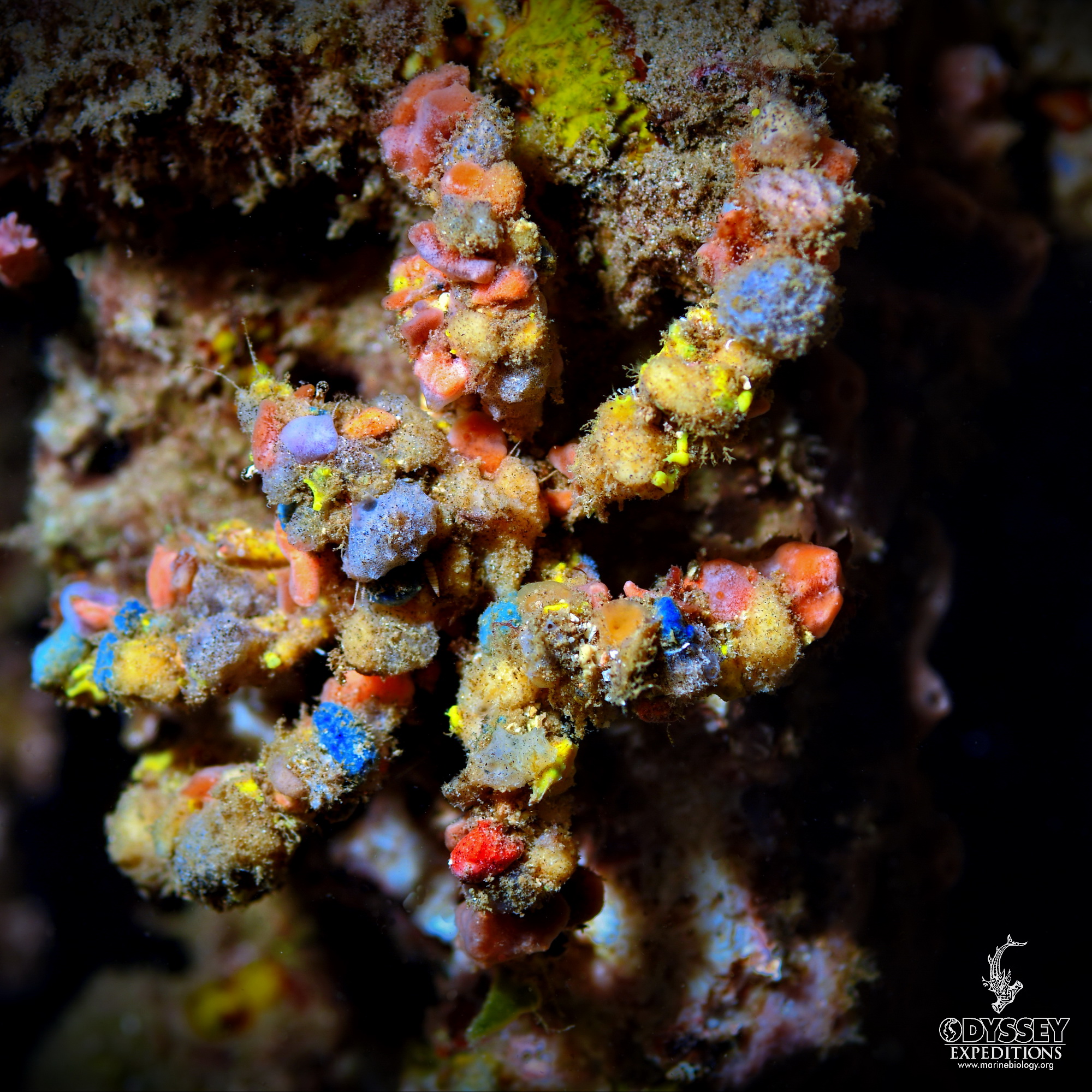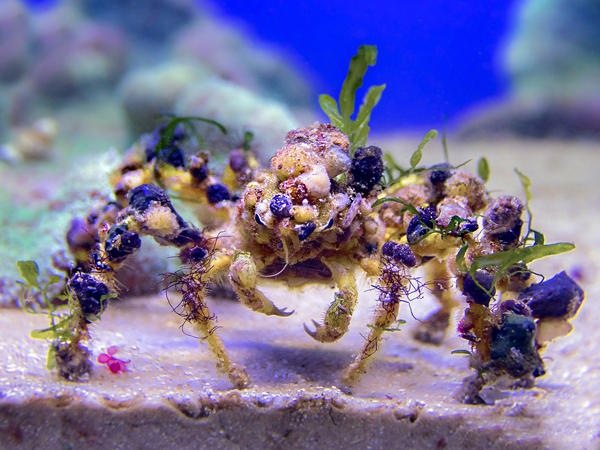Introduction to Spider Decorator Crabs
Spider decorator crabs (Majidae family) are not just fascinating sea creatures; they are a stunning example of nature’s creativity and artistry. With their unique ability to camouflage themselves using various materials from their environment, they have captured the imagination of marine enthusiasts and casual observers alike. In this article, we will delve deep into the life, behavior, habitat, and care of these extraordinary crabs.
What is a Spider Decorator Crab?
More than just their quirky names, spider decorator crabs are known for their elongated bodies and long legs, resembling a spider. They are also called decorator crabs due to their remarkable habit of adorning their shells and bodies with bits of algae, sponges, and other materials which provide excellent camouflage.
Physical Characteristics
Body Structure and Size
Spider decorator crabs typically reach sizes of 3 to 10 inches across, with some species exhibiting particularly long pincers that can double their body length. Their bodies are often covered in a variety of textures and colors, depending on their age and species.
Colors and Patterns
These crabs are typically vibrant, sporting an array of colors, from reds and oranges to browns and greens. The specific coloring plays a vital role in their camouflage, allowing them to blend seamlessly into rocky or coral environments.
Habitat and Distribution
Spider decorator crabs are primarily found in shallow coastal waters, often hiding amidst coral reefs, rocks, and seaweed beds. Here’s a quick look at their primary habitats:
| Region | Habitat Type | Depth |
|---|---|---|
| Pacific Ocean | Coral Reefs | Shallow waters (up to 30m) |
| Indian Ocean | Rocky Shrubs | Coastal areas |
| Atlantic Ocean | Seaweed Beds | Intertidal zones |
_covered_with_baby_sea_stars.jpg)
Behavioral Traits
Camouflage and Decoration
As their name suggests, spider decorator crabs have a fascinating behavior: they decorate their bodies with materials from their environment. This not only helps them to blend into their surroundings but also provides protection from predators. I once observed a decorator crab carefully picking up small pieces of algae and firmly affixing them to its body. This ingenious act is crucial for its survival!
Feeding Habits
These crabs are omnivorous, feeding on algae, plankton, and small invertebrates. Their elongated pincers are perfect for grasping food particles from crevices in rocks or coral reefs. Watching them forage is a delightful experience; each crab seems to have its unique technique!
_covered_with_baby_sea_stars.jpg)
Reproduction and Life Cycle
Spider decorator crabs usually follow a reproductive pattern where females carry fertilized eggs under their tails until they hatch. The larval stage is free-floating, often resembling small jellyfish. This life cycle is fascinating as it showcases the adaptability of these creatures in their natural habitats.
Mating Rituals
During mating season, males often display vibrant colors and engage in elaborate dances to attract females. Observing this behavior can be captivating; it’s like watching a marine ballet unfold!
_covered_with_baby_sea_stars.jpg)
Understanding Spider Decorator Crab Care
For marine enthusiasts hoping to keep a spider decorator crab as a pet, it’s essential to understand their specific care needs.
Aquarium Setup
Creating an ideal home for your crab is critical. Here are some key components:
- Tank Size: A minimum of 30 gallons is recommended.
- Water Conditions: Maintain temperature between 74°F to 82°F and a salinity of 1.020 to 1.025.
- Decor: Include rocky structures and live plants for optimal hiding spots and foraging opportunities.

Feeding Your Decorator Crab
Feeding should consist of a balanced diet. You can provide:
- Frozen or live brine shrimp
- Seaweed sheets
- Commercial crab pellets
Tank Mates
Spider decorator crabs can coexist with other marine species, but it’s essential to choose non-aggressive tank mates to prevent bullying. Ideal companions include:
| Species | Compatibility |
|---|---|
| Clownfish | Good |
| Gobies | Excellent |
| Other Crabs | Variable |

Pros and Cons of Keeping Spider Decorator Crabs
Pros
- Unique and beautiful addition to marine aquariums.
- Interesting behavior, especially in terms of decoration and foraging.
- Relatively hardy and adaptable in appropriate conditions.
Cons
- Can be territorial and aggressive towards similar species.
- Need for specialized habitat conditions.
- May not thrive in smaller tanks.

Conclusion: Why You Should Love Spider Decorator Crabs
In conclusion, spider decorator crabs are extraordinary creatures that provide a visual feast and fascinating insights into marine life. Their unique adaptations, behaviors, and care requirements make them a captivating subject for both aquarium enthusiasts and casual observers alike.
FAQs About Spider Decorator Crabs
What do spider decorator crabs eat?
They are omnivorous and enjoy a diet of algae, plankton, and small invertebrates. They can be fed frozen or live foods along with commercial crab pellets.
Are spider decorator crabs suitable for beginners?
While they are hardy, decorator crabs require specific tank conditions. It’s best for aquarists with some experience to keep them.
How do I tell if my spider decorator crab is healthy?
A healthy crab will have a vibrant color, engage in active foraging, and have no visible injuries or diseases. Regular moult cycles are also a good sign of health.
Can spider decorator crabs live with fish?
Yes, spider decorator crabs can coexist with non-aggressive marine fish, such as clownfish and gobies. It’s important to monitor interactions closely.